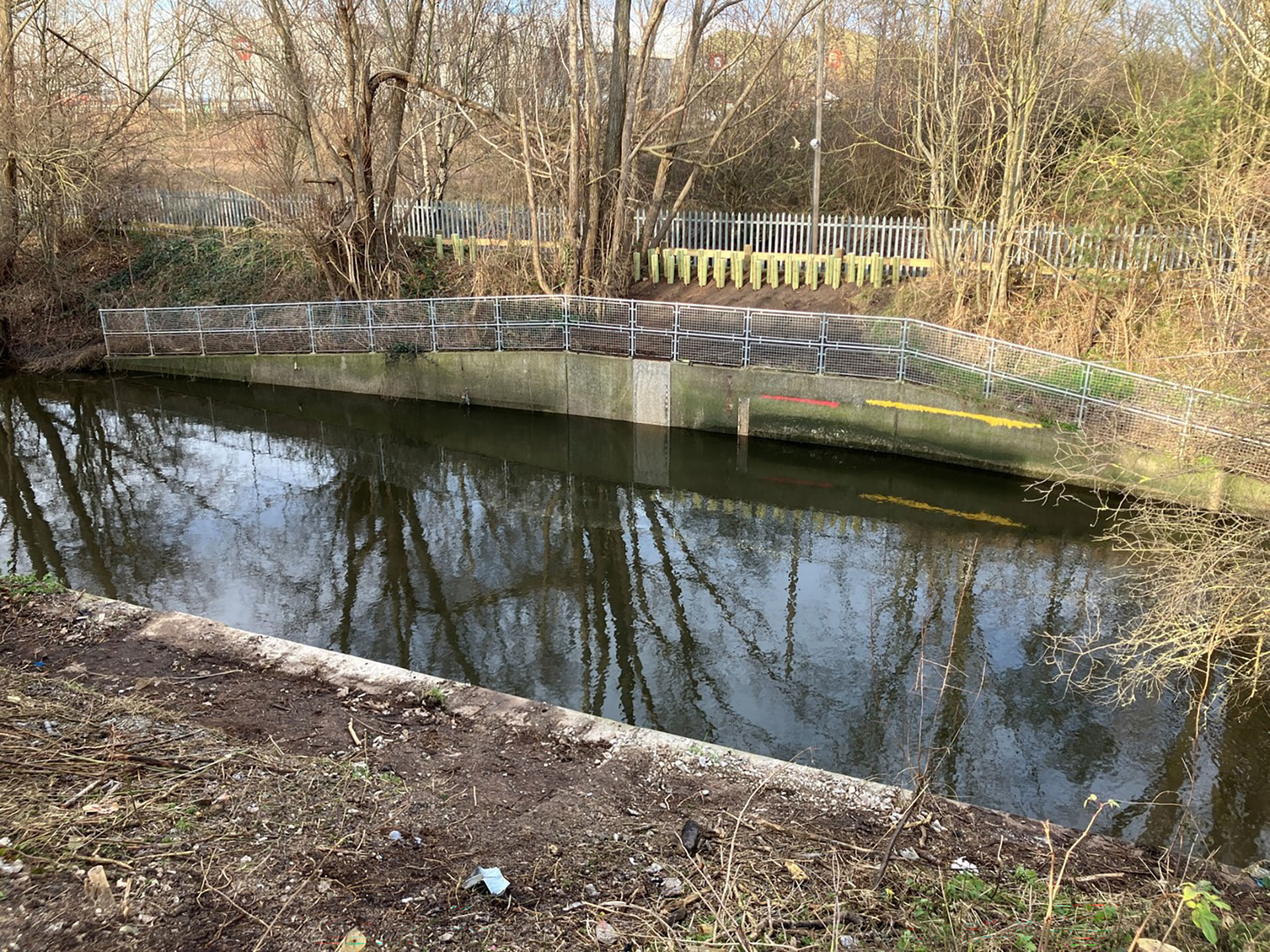The Ormesby Beck Restoration project seeks to address intertidal habitat loss through the estuary wide Tees Tidelands programme, which aims to open the River Tees to tidal influence, enabling fish passage and re-establishing the natural estuary.
- Client Environment Agency
- Location Ormesby, North Yorkshire
- Partners BAM Nuttall
- Services
Close collaboration to deliver design innovation and engineering excellence
The removal of the existing tidal barrage at Ormesby Beck presented a number of challenges, requiring close collaboration across our modelling, engineering and environmental teams, as well as the wider project delivery team. To determine the impact of removing the barrage on flood risk and the potential to create intertidal habitat we were tasked with conducting a technical appraisal of how best to remove the barrage and navigation screen.
To fully assess the impact of any planned work, our team conducted topographic surveys, created a detailed 3D model of the existing barrage and also conducted a biodiversity baseline study. Adopting this multifaceted approach meant we were then able to generate and appraise several different options, before recommending a preferred option and completing an outline design for the work.
As well as forming a key part of the appraisal process, sharing the JBA-developed 3D model of the barrage with the project delivery partners meant it could be used to plan a detailed cutting sequence, which would allow for the barrage to be safely removed in instalments. The model also played an important role in helping to develop the temporary works – something which was integral to the design and overall success of the project.
A key technical challenge was also ensuring the temporary works allowed for both fluvial and intertidal flooding, whilst adhering to strict ecological constraints due to the presence of European eels. This required technical excellence and innovation at both the design and delivery phases. The solution to maintain fish and eel passage, as well as the flows, was to open the existing flap valves on the structure ahead of installing a cofferdam and removing the existing structure in two separate phases.
“The pride in this project was evident from the team. The team considered all options which led to a solution to remove the structure instead of repairing it. This has left an aesthetically pleasing and more nature based solution that will benefit the wider Tees area.”
Institution of Civil Engineers Awards Judging Panel
Sustainable solutions to support the Environment Agency's Net Zero ambitions
Through extensive hydraulic modelling we were able to identify that the existing structure at Ormesby Beck provided nominal flood risk benefits and that it would be more environmentally advantageous to reconnect the two sections of water. The removal of the structure means significant carbon savings will be made through reduced maintenance and will also help to create carbon sequestrating saltmarsh and mudflat through the tidal migration. By also ensuring sustainable practices were followed throughout the construction phase, which included allowing elements of the temporary works and old structure to be reused or recycled. The entire project delivery team were able to support the Environment Agency in working towards their Net Zero target.






